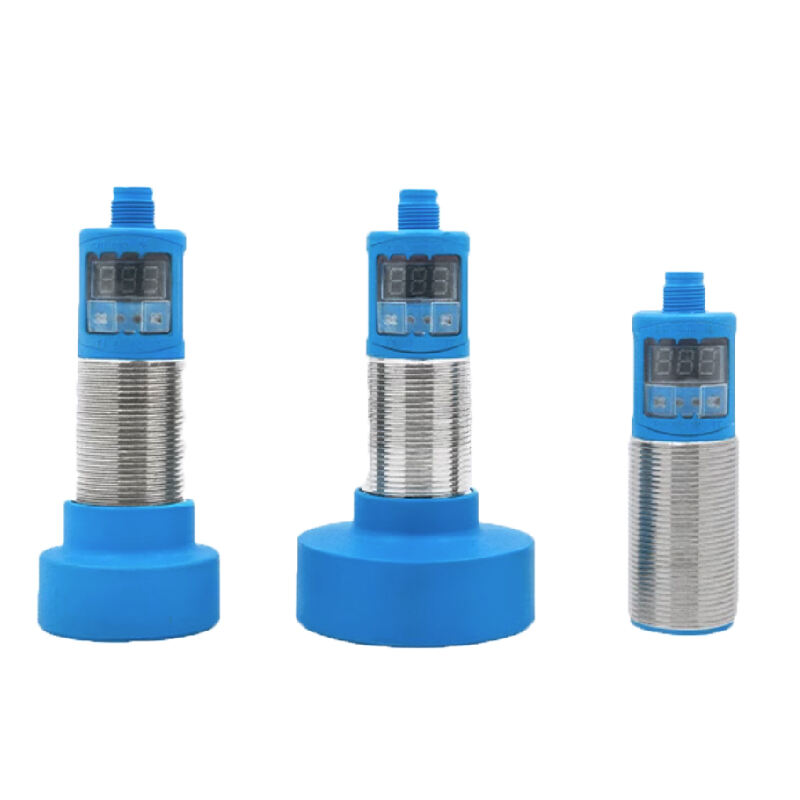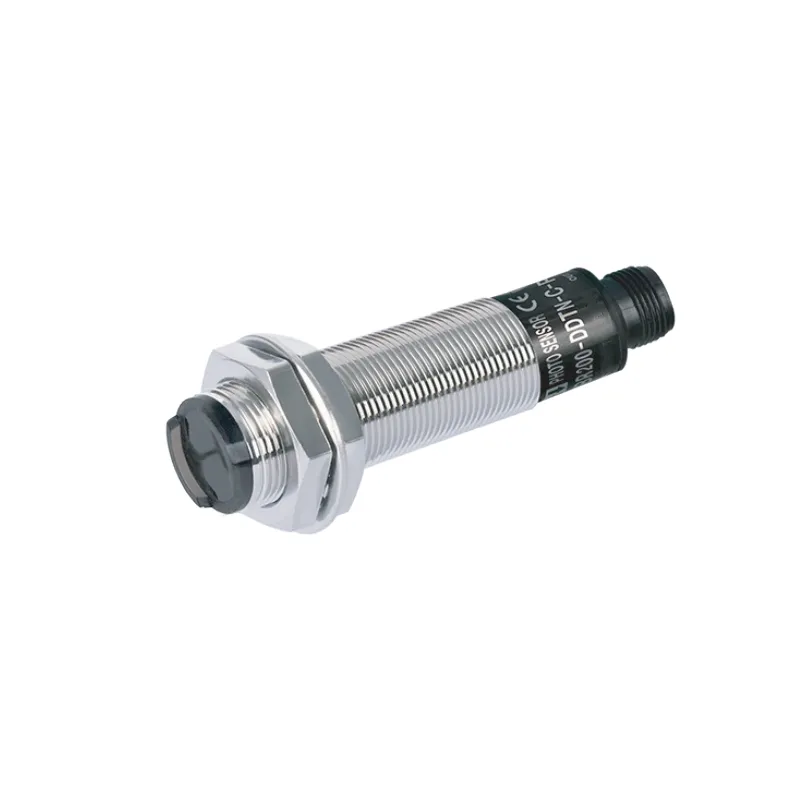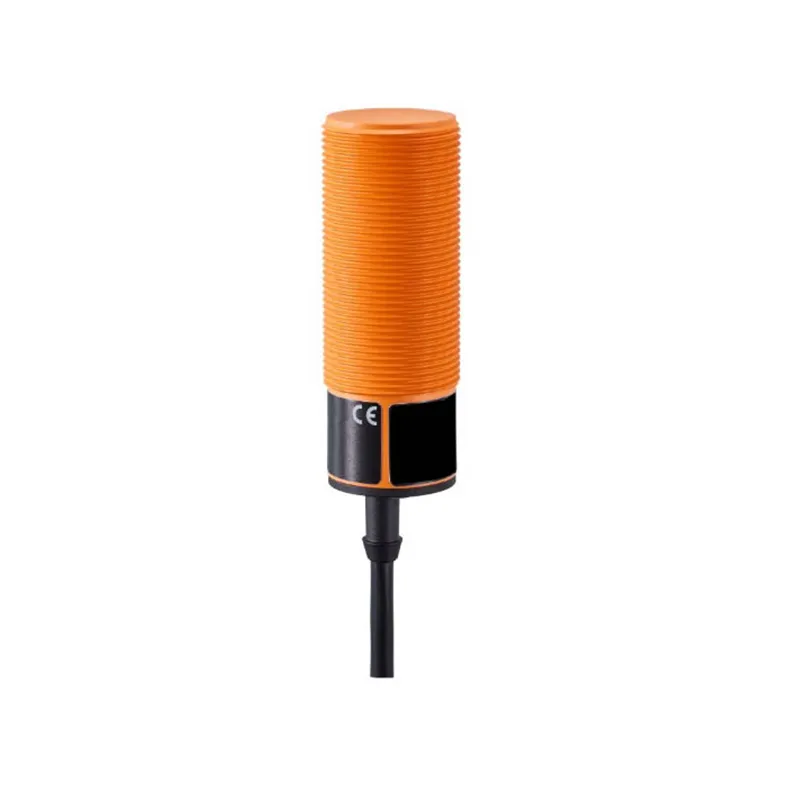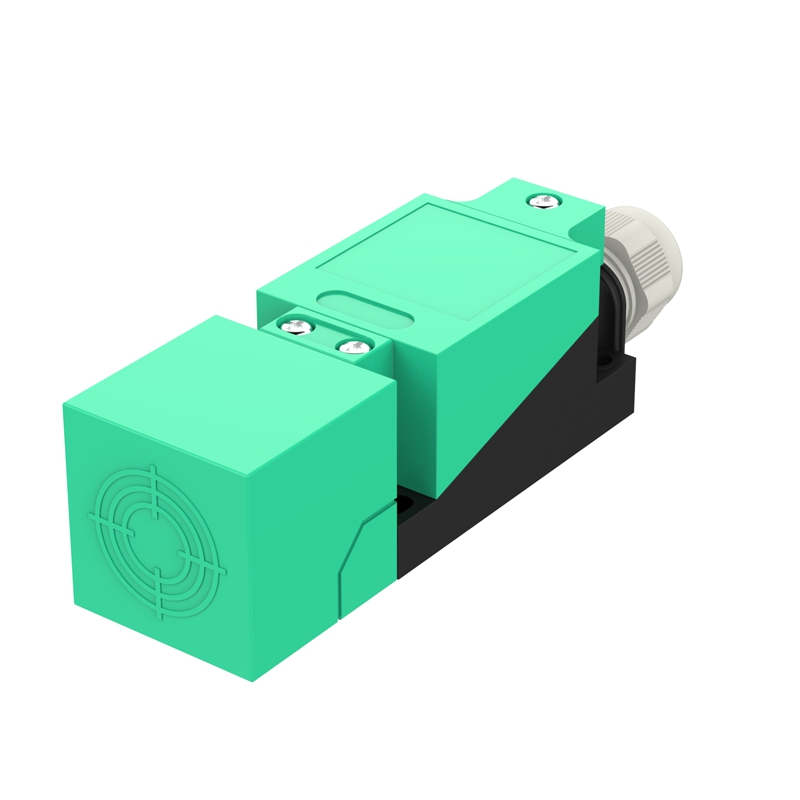2 žični senzor bliskosti
Dvodžični senzor približavanja napredna je detekcijska naprava koja radi na pojednostavljenom sustavu spajanja, čineći je ključnim sastojkom modernih industrijskih automatizacijskih sustava. Ova vrsta senzora funkcioniše detektiranjem prisutnosti ili odsutnosti objekata bez fizičkog kontakta, koristeći elektromagnetska polja, svjetlost ili zvučne valove za detekciju. Razlikovna osobina dvodžičnog senzora približavanja nalazi se u njegovom optimiziranom dizajnu koji zahtijeva samo dva vodiča za napajanje i izlaz signala, nasuprot tradicionalnim tro- ili četverodžičnim konfiguracijama. Ti se senzori obično napajaju standardnim naponima u rasponu od 10 do 30 V istosmjernog ili 20 do 250 V izmjeničnog napona, što ih čini izrazito sveprisutnima u različitim primjenama. Unutarnja elektronika senzora regulira protok struje, služeći istovremeno kao izvor napajanja i nositelj signala. Kada objekt uđe u detekcijsku zonu senzora, mijenja protok struje, stvarajući mjerljivu promjenu koja ukazuje na prisutnost objekta. Ova tehnologija široko se koristi u proizvodnim procesima, transportnim trakama, pakirnim uređajima i montažnim linijama gdje je pouzdana detekcija objekata od presudne važnosti. Čvrsta elektronička konstrukcija senzora isključuje mehaničko trošenje, osiguravajući dugoročnu pouzdanost i minimalne zahtjeve za održavanje, dok mu kompaktna veličina omogućuje instalaciju u prostorno ograničenim okruženjima.










